Vella Seedai

Vella Seedai or Sweet Seedai is a crunchy, mildly sweet snack made using jaggery, rice flour, urad dal flour, butter, coconut and sesame seeds. ‘Vellam’ means jaggery in Tamil and ‘seedai’ refers to small and round-shaped deep fried snacks, hence the name vella seedai.
Vella Seedai is a traditional South-Indian sweet and one of the most important sweet offered to Lord Krishna for Gokulashtami or Janmashtami. Apparently, this dish is to be believed as one of the favourite sweets of Lord Krishna, hence offered as ‘Prasad’ or ‘Neivedhyam’ to lord Krishna particularly during Krishna Jayanthi. This dish is extremely popular among kids, which perhaps explains the reason why it is offered to Navaneetha Krishna so fondly.
A good vella seedai must be crunchy and at the same time not too hard. It must be easy to bite. This is a mildly sweet dish and do not be tempted to add more jaggery to make it further sweet, as excess jaggery would lead to seedai disintegrating in oil as soon as you start frying. White sesame seeds, grated or finely chopped coconut and cardamom powder add the flavour to this seedai.
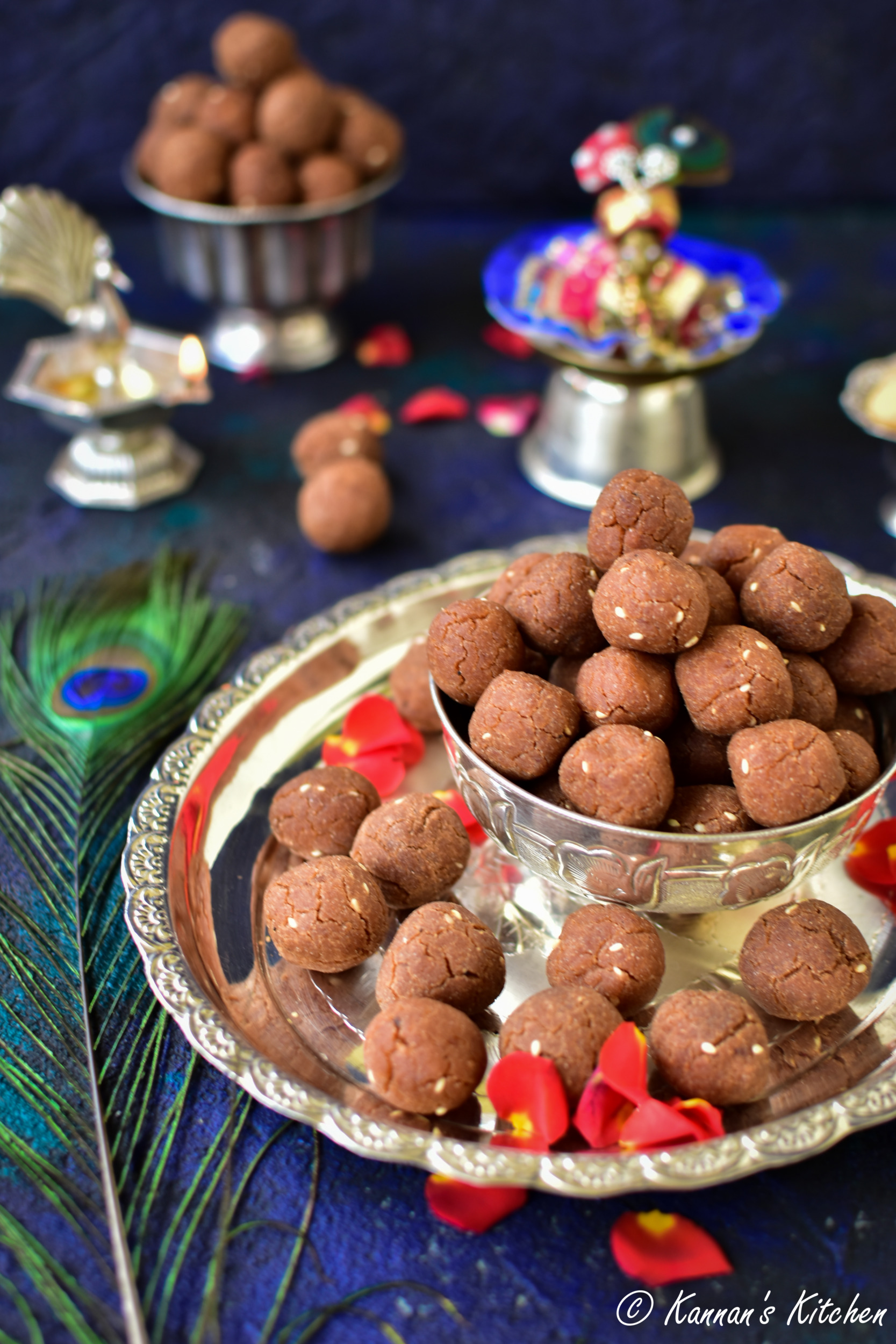
Vella Seedai can be made using either homemade rice flour or store bought rice flour, however it is traditionally made using the homemade rice flour. Making homemade rice flour is really easy and can be made in big batch and stored for few weeks. At home, we make this flour in big batch during festival times and use it for making a variety of deep-fried South Indian snacks like murukku, tenguzhal, seedai, thattai etc. In this recipe, I will also show you the steps of making homemade rice flour.
Though it is an important offering in one of the many dishes offered to Lord Krishna on the day of Janmashtami, but many fear making this dish at home. There is perhaps more than one reason for this apprehension. The first reason being seedai have a slightly bad reputation of bursting in oil when some of the key instructions in this recipe are not followed and this could be dangerous. Secondly, when it comes to vella seedai, the proportion of ingredients and the technique is very important and if not followed properly they tend to disintegrate very easily in oil and would be a total mess! Lastly, for some it could be a bit tricky to attain the right texture and crunch for this dish.
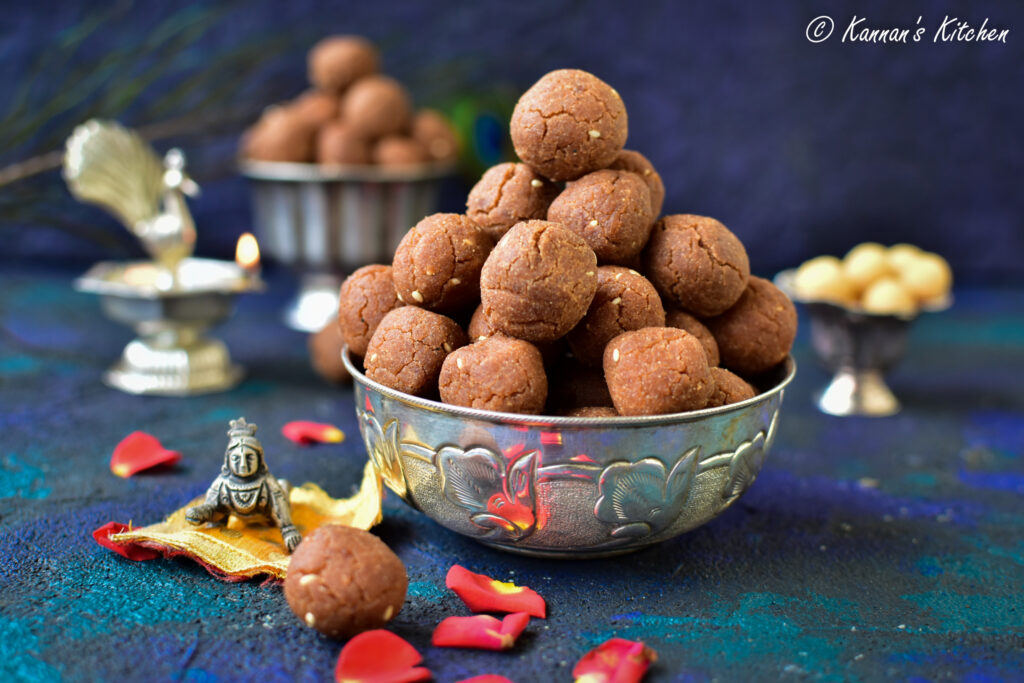
Having discussed the most common issues faced while making this dish, let us see the technical reasons behind some of the potential issues that you could face while making this dish and my tips and tricks of how to avoid or overcome them:
FAQs
There are two main reasons why seedai bursts:
a. Any impurities or lumps in the rice or urad flour or jaggery – So it is important to sieve both the rice and urad dal flour and also filter the melted jaggery.
b. Rolling the cheedai to a perfect sphere or rolling them too tightly – When seedai is rolled too tightly, the moisture or air trapped inside cannot escape and tend to burst, hence roll them light and not in a perfect spherical shape. Few cracks here and there are perfect as they also let the seedai cook through inside evenly.
The rice flour should always be slightly dry roasted in a pan just until you start seeing some steam coming through it or it is warm to touch. This is to be done for both homemade flour and rice flour and the reason being to get rid of any excess moisture in the rice flour.
This is one of the most common problems faced while making vella seedai. Hence I always recommend frying one or two sample seedai to ensure that the seedais are holding shape before frying a big batch. The below are the main reasons for seedai disintegrating in hot oil:
a. Excess jaggery – do not be tempted to make this dish too sweet, as it is not meant to be like the other conventional Indian sweets. If the jaggery proportion is increased, the seedai will completely disintegrate in oil and would be a complete mess. If this happens, try to add some more rice flour to the dough and bind well and try again.
b. Excess moisture – the dough should be firm enough before they are rolled. It is important to rest the dough for at least 30 minutes to one hour before they are rolled. This resting time will help tightening the dough and there would not be any excess moisture.
c. Turning seedai too quickly – do not disturb the seedai at least for a minute or two once it is dropped in the oil. Try to turn or toss them only when they slightly change colour.
The butter that is added to this recipe gives the softness and melt in mouth consistency. If the amount of butter that is added is less, the seedai can turn hard to bite.
Vella Seedai is always to be fried on low or medium to low heat. This would ensure that the seedai is cooked through from inside uniformly. If you drop seedai in very hot oil or fry them in high flame, they would turn brown from outside immediately and remain raw from inside.
Seedai or any other snack made using rice flour tends to absorb excess oil during frying if the amount of butter that is added in the recipe is more than the desired proportion. While adding butter gives the much desired melt in mouth texture, do not be tempted to add too much.
This recipe does not require the jaggery to be in syrup form. It just needs to be melted and filtered. If you boil it for long, the jaggery syrup would become hard and would not help form a proper dough.

Having discussed the most common issues and difficulties, now let us look at the recipe for making Vella Seedai. In the below recipe, I am demonstrating the steps to make homemade rice flour too, however if you are using store bought rice flour, make sure to dry roast it before using.

Vella Seedai
Equipment
- Measuring Cups
- Measuring Spoons
Ingredients
- 1 cup Rice Flour Homemade or Store-bought
- 1 tbsp Urad Dal Flour
- ½ cup Jaggery
- 1 tbsp Butter
- 1½ tbsp Grated or very finely chopped Coconut
- 1 tsp White Sesame Seeds
- ½ tsp Cardamom Powder
- ½ cup Water
- Oil for deep frying
Instructions
- We will first look at the steps for making homemade rice flour. You can jump to step 6 if you are using store bought flour. Wash and soak any raw rice like dosa rice in water for 2 hours.
- Now drain the water from the rice completely and spread it evenly on a cotton cloth like white dhoti or a towel. Let this air dry for around 30 minutes or until the rice is almost 90% dry. Having slight moisture in the rice helps in easy grinding of the flour.
- Now blend the rice flour in mixer in batches till it is very fine.
- Sieve the flour after grinding each batch. The leftover rice flour in the sieve can be ground again till it is fine.
- Repeat this process until all the rice is finely ground. Homemade rice flour is ready now and can be stored for 3-4 weeks. At the end of this process you should be left with only a small amount of coarse rice flour from the sieving and this could use this for either making Ma Kolam or feed to birds.
- If you do not have Urad dal powder, follow these steps to make the urad dal powder, else you could jump to step 9. Take around half cup of whole urad dal and dry roast on medium flame till you get aroma. The urad dal should not turn brown or golden, however it should just slightly change colour.
- Cool the urad dal and grind in mixer till it is a fine powder.
- Sieve the urad dal flour and discard the leftover flour in the sieve. Urad dal flour is ready now.
- Dry roast the previously prepared homemade rice flour or the store bought flourflour in a kadai on medium flame only until you just start seeing some steam coming out of the flour or the flour is warm on touch. Do not dry roast for too long and the rice flour should not change colour.
- Cool the rice flour and sieve again so that there are no lumps.
- Take half cup of jaggery (do not tightly pack the jaggery in cup) and add to kadai. If you are using jaggery powder, slightly reduce the quantity as it would alter the proportion.
- Now add exactly ¼ cup of water to this and cook only until the jaggery melts. It need not boil or become like syrup.
- Filter the melted jaggery.
- In a mixing bowl take 1 cup of the dry roasted and sieved rice flour and add 1 tablespoon of previously prepared urad dal flour, sesame seeds, room temperature butter, cardamom powder and grated coconut and mix well.
- Now add the filtered and melted jaggery and mix using a spoon initially as the jaggery would be hot.
- Once incorporated, mix the dough using hand. Add water little by little if required and mix and knead till you get a firm dough. You might roughly require around 3 tablespoons or maximum of another ¼ cup of water to achieve the desired consistency.
- Now let this dough rest for around an hour. It should rest for a bare minimum of 30 minutes if you are in a hurry. This would ensure that the moisture in dough is reduced and seedai does not burst while frying. The texture of the dough should look as in the image and you should be able to roll balls out of it easily.
- Now take a small portion of the dough and roll using your fingers as shown in image. Once rolled between fingers, you could then slightly roll between palms to achieve a more spherical shape. However do not roll tight. Also, the balls should be roughly 2 cm in size and not smaller or larger than that.
- Continue rolling the balls using the remaining dough.
- Heat oil in kadai and once it is just hot (it should not be too hot), reduce the flame to low and drop the vella seedai balls in oil gently. You could fry around 8 to 10 in one batch. Do not disturb the seedai in oil at least for a minute or two, else it might break.
- Continue cooking in low flame and once the colour starts changing slightly, you could toss the seedai.
- Once the seedai achieve dark golden brown, drain the seedai from oil.
- Continue frying the remaining seedai in batches.
- Once the seedai cools, they would harden and you could then store in an air tight container.
Notes
- Follow the exact proportions for this recipe and preferably use measuring spoons and cups for the best results.
- It is important to dry roast the rice flour irrespective of whether it is homemade or store bought.
- Make sure to sieve the rice flour and urad dal flour thoroughly to get rid of any lumps or impurities.
- Do not make jaggery syrup, it is enough to just melt it. Filter to get rid of any impurities before use.
- Use butter at room temperature. You could also use ghee in lieu of butter.
- You could also use very finely chopped instead of grated coconut.
- Oil should not be too hot while dropping the seedai in oil, else they would turn brown immediately and remain raw from inside.
- Always test one or two seedai before starting to fry an entire batch. If the seedai breaks or disintegrates, add 1 or two tablespoons of rice flour and mix well and try making again.
- Make sure not to turn or toss the seedai soon after dropping them in oil. Wait until it changes colour before turning.
- Cook seedai on low flame to get uniform colour and to ensure that it is cooked through inside. Seedai would be initially soft as soon as you take it out of oil, however harden as it cools.
- Let the seedai cool completely in open, before transferring them to an air tight container. If you close them in container immediately, the residual heat and steam from the seedai would not let it harden from outside.
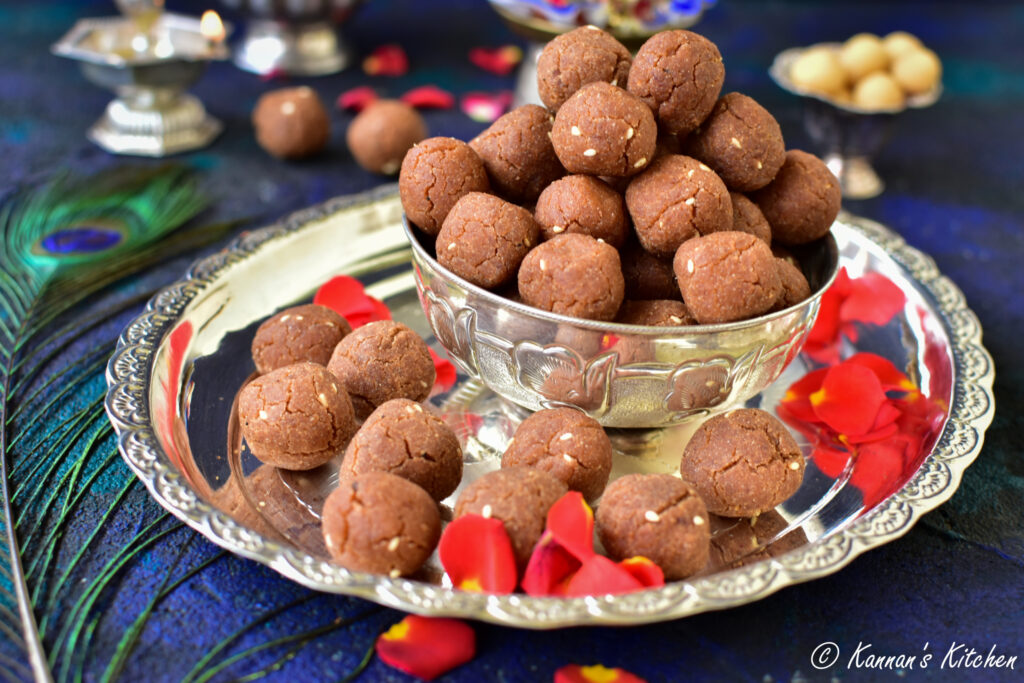


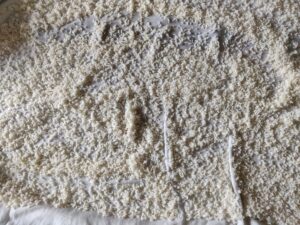
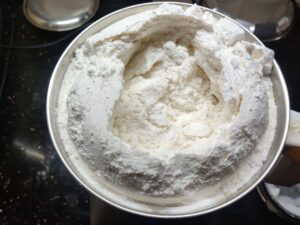
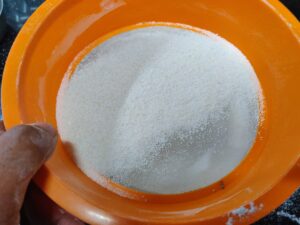
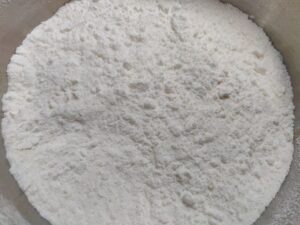
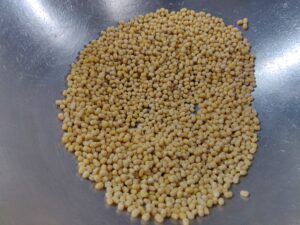
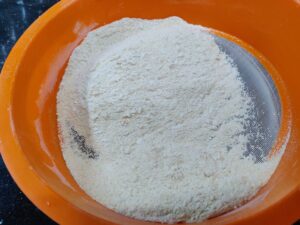
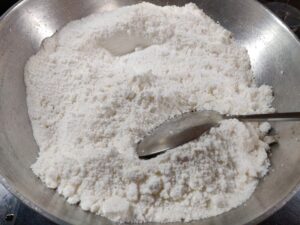
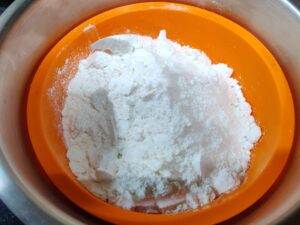
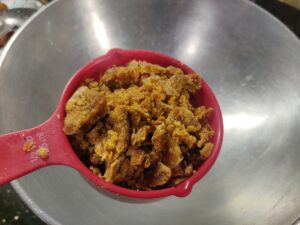
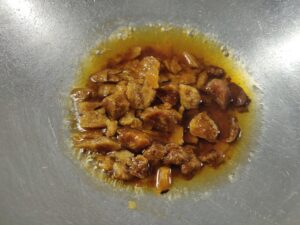
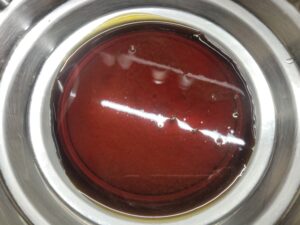
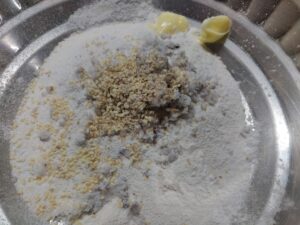

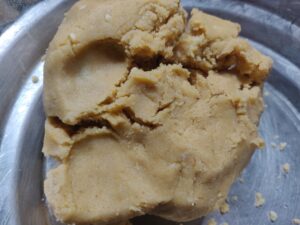
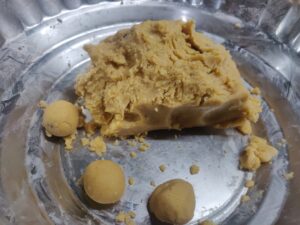
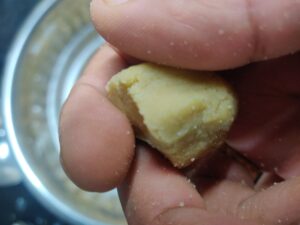


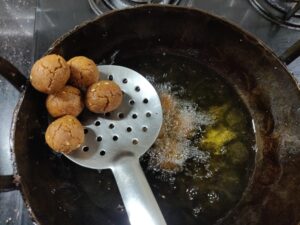
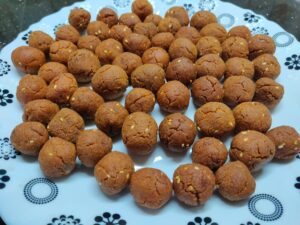
Great recipe. Tried this and it turned out good and crisp. Thanks for the recipe.
Thanks a lot
The recipe looks perfect with your detailed explanations. Ver helpful for beginners and those who are ‘paranoid’ about trying out seedais. Well done!
Thank you so much for your feedback 🙂
Excellent recipe. It came out well